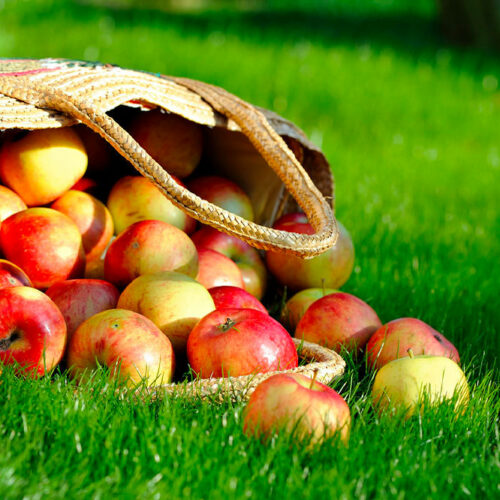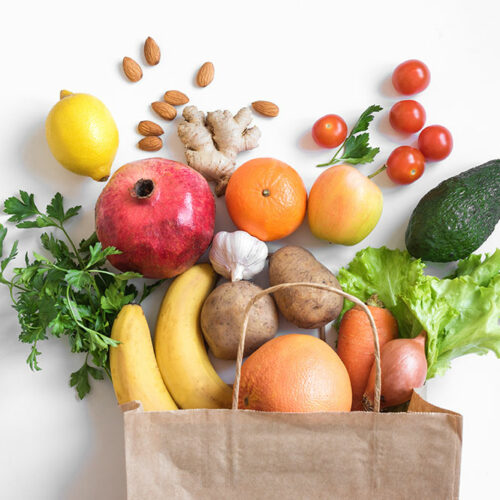Alarming signs of esophageal cancer

Esophageal cancer is a form of cancer that develops in the esophagus, which is a long, hollow tube that connects the stomach to the throat. The esophagus is responsible for transporting food from the throat to the stomach to be digested. Esophageal cancer usually starts in the cells that line the esophagus. This cancer is the world’s sixth leading cause of death from cancer. Here are a few alarming signs of esophageal cancer. Swallowing food The most common sign of esophageal cancer is difficulty swallowing, specifically the feeling that food is stuck in the throat. Some patients also experience food choking. As the esophagus narrows due to cancer spreading, these symptoms worsen over time, with a rise in pain when swallowing. In such cases, it is best to avoid consuming large amounts of solid food and instead eat softer foods in smaller portions. Chest pain This cancer also causes pain in the center of the chest, like GERD. Some patients experience a burning sensation or chest pain after swallowing food or liquid that comes into contact with the location of cancer in the esophagus. These symptoms are frequently triggered by conditions other than cancer, such as heartburn. If the discomfort persists, it is critical to consult a doctor.






